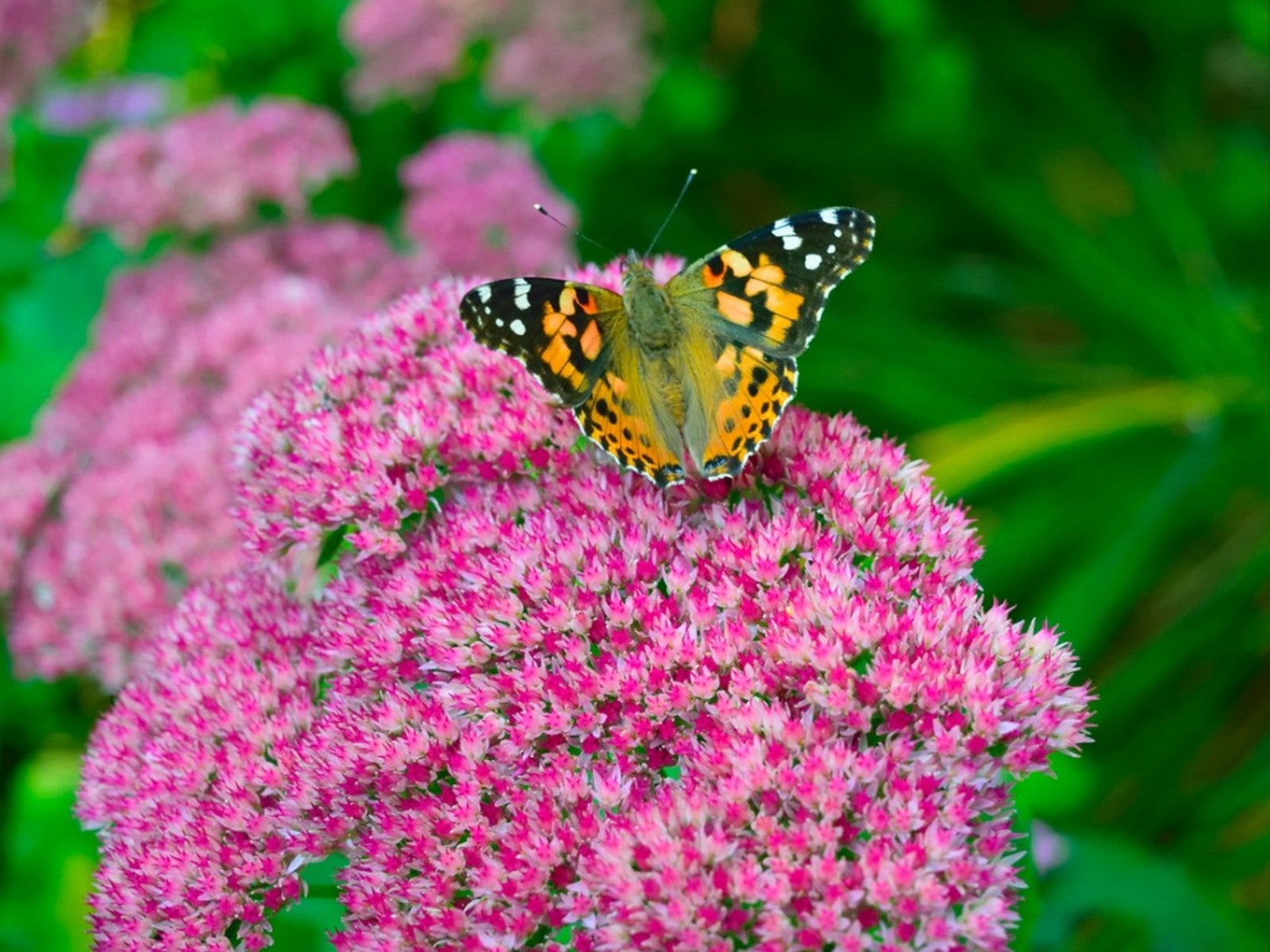Fall Pollinator Garden: Help Pollinators With Late-Blooming Pollinator Plants


Late summer and early fall blooming pollinator plants are an essential source of nectar for many insects as they prepare for the arrival of winter. Though some species of flower have completed their growth cycle by the time cooler weather arrives, other plants have just begun to burst into bloom. Learning more about which ornamental flowers are best for fall pollinators can help gardeners create a thriving late season ecosystem within flower beds.
Beautiful fall-blooming pollinator plants are available as both annual and perennial flowers. Though pollinator garden ideas are only limited by one’s imagination, it’s essential to focus on the production of blooms that are heavily nectar-rich. Many pollinator-attracting plants for fall feature vibrant colors and large flower sprays. Let’s take a closer look at some of the most popular options.
Popular Fall Flowers to Plant
Asters - Both annual and perennial asters are prized for their ability to attract fall pollinators. While annual aster varieties are known to produce larger, showy flowers; perennial species of aster often make stunning mass plantings. A profusion of small flowers, which open on long branches, most commonly range in color from white to deep purple. Like many native plants, perennial aster plants are exceptionally robust and resistant to disease and insect damage.
Coreopsis - Annual and late season coreopsis are yet another wildflower which has proven to be among many growers’ favorite fall blooming pollinator plants. Each fall, bright yellow daisy-like flowers open atop wiry stems. Varieties of coreopsis, such as ‘Autumn Blush,’ continue to bloom from mid-summer until the first frost. Coreopsis is an excellent choice for flower beds with less than ideal growing conditions, such as poor soil fertility.
Dahlias - Many pollinator garden ideas also include the planting of cut flowers. Available to gardeners in a wide selection of colors and flower forms, dahlias are quite attractive to bees. Though the plants begin blooming in the summer, flower production often reaches its peak as the temperatures begin to cool. These pollinator attracting plants are certain to offer growers an intense burst of color until the first frost.
Goldenrod - Yet another native plant for fall pollinators, goldenrod are most commonly found growing in the borders of meadows and along roadsides. Though some may not consider the plant to have great ornamental use, it is of undoubted value to late-season pollinators.
Sunflowers - Open-pollinated and heirloom varieties of sunflower are a great asset to fall flower gardens. In addition to their beauty, sunflowers sowed in success can yield valuable nectar for insects up until the arrival of the first frost. Easily grown from seed, these adaptable annuals also produce highly nutritious seeds for garden birds and other small backyard wildlife.
Gardening tips, videos, info and more delivered right to your inbox!
Sign up for the Gardening Know How newsletter today and receive a free copy of our e-book "How to Grow Delicious Tomatoes".

Tonya Barnett has been gardening for 13 years. Flowers are her passion. She has transformed her backyard into a cut flower garden, which she regularly chronicles on her YouTube channel http://www.youtube.com/@tonyawiththeflowers.